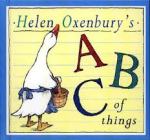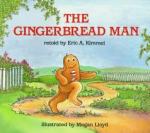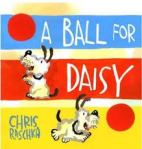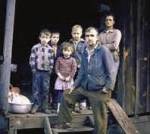This summer, students in READ 6313 were asked to contribute a post to this blog.
By Lily Garcia
As a first grade teacher I am aware that the child’s attention span is short for the million things they have to learn on a daily basis. One thing I like to do to develop their literacy is by making it fun for them as they are learning. Literacy begins with spoken language, so having my first graders exposed to rhyme and alliteration helps them so much and they enjoy doing centers with those activities that without knowing they are “playing” but learning at the same time.
I know one thing that sometimes isn’t liked very much in classrooms is when they are considered “noisy”, but teachers and administrators need to allow children to talk as much as they can. So even during free play, teachers should go up to a child and ask what they are doing. Engage in a conversation on the child’s level and go along with whatever the child says, but the system now a days goes straight into asking stem questions and higher order thinking questions when the child hasn’t developed the foundation yet and if those questions are not asked then we as teachers are not doing our job right, when in reality we are.
I believe in having children work through play whether it’s in group activities or drama plays with puppets or costumes to have the child develop their literacy development. When children interact with one another on a playing level they develop relationships and forms of communicating that will benefit them in the long run. Another thing I like to have my students do is play with letter blocks and stamps, they express themselves in writing and tell each other words they’ve learned and are at the same time teaching and understanding one another. They enjoy having their centers on a daily basis and all I have to do is make sure to teach them a couple of times so they are all aware of what to do and they are able to take off on their own. Students at the first grade age level love to be helpers, so another thing we do in my classroom is read aloud on a daily basis. When we all go to the carpet I allow students to hold books as we read and I give them a chance to understand the story by allowing them to put on puppet shows. Puppet shows are great because students need to use creative thinking and verbal cues to put a story together and let me tell you they come up with some fantastic scenarios.
In order to develop literacy at an early age we need to ask a lot of questions, ask them to predict what will happen, what do they know based on the pictures etc. Having a small library setup in my own classroom is also a fantastic idea since children enjoy going over to it and look at books, I’ve noticed that they pick books that seem to be attractive for them, so I make sure to display books with bright covers and eye catching scenes since most of them at that age are visual learners.
I can gladly say that with these activities in use in my own classroom I have been able to get some millionaire readers for our AR scores, my children have developed a liking for literacy that to them it was all fun and play while they were picking up everything they need to learn without realizing it. What you model is what they will pick up and since reading is constantly modeled in my classroom, they love to pick up books and read to one another with expression, intonation and act out scenarios.

















